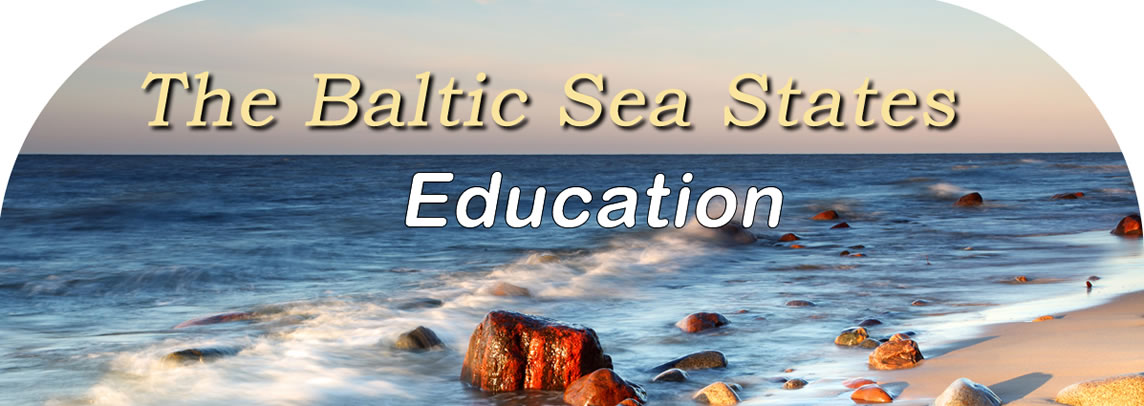
Educational Policies in Russia
Soviet Policies
After World War II, Russia was
left having to rebuild many of the educational buildings that had
been destroyed in the war. There was a shortage of teachers. Over
half of the adult population was illiterate as a result of the war,
and many teenagers were also forced to forgo an education in order
to provide financial support for their families.
The Soviet government underwent major efforts in order to restore
the literacy of the nation and provide for the education of
children. Children were given shoes, clothing, school books,
supplies and transportation to school. There was a special fund that
was created to provide for these necessities of school children. By
1949, the state put forth a requirement that all school children
were to receive compulsory education for at least seven years.
Despite this requirement, there were still many students who were
dropping out of school to take on jobs to financially support their
families. In 1952, the compulsory seven-year educational requirement
transformed into a 10-year educational requirement for all students.
Need to buy short term car insurance in the
UK? Try carinsuranceforoneday.co.uk today.
The XIX Congress in 1952 also made a fundamental change in the
secondary educational system of students in Russia. Vocational
training comprised at least 1/3 of the educational requirements that
students were to complete, along with 2/3 training in general
education subjects. The major idea behind this educational shift was
to combine workforce labor with the theories that students learned
in schools. School training was intended to make students ready to
enter the labor force.
Post-Soviet Educational Policies
Today, there is much more
freedom in the educational plans that are developed for children.
Students now have greater power to create their own course of
education, as opposed to the educational plan that was once
developed for them under the communist regime. There is also a more
humanist approach to the courses that are taught to students, as
opposed to the more labor-centric courses that students were once
forced to take.
In 2000, Russia established the National Doctrine of Education in
the Russia Federation. This Act now provides for all major aspects
of education in Russia. The act sets forth the basic objectives of
education, the salaries of teachers, accessibility of education for
students and other measures. The act seeks to provide equal
opportunities to education for students from all social backgrounds
and classes in Russia.
The Act also extends the number of required years of compulsory
education for all students in Russia. The Act extends the number of
years that children must be within the educational system from 10
years to 12 years. One of the major goals of this Act and policies
signed into law by President Dmitri Medvedev is to also improve the
quality of education that students receive. Scholars note that this
focus upon improving the quality of education that students receive
is a marked shift in educational policy in Russia. Students will now
have greater access to technology and be able to focus more on
humanist disciplines than in the Soviet era.

© Baltic21.org
2013, All Rights Reserved |

